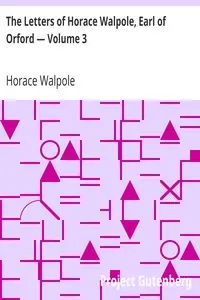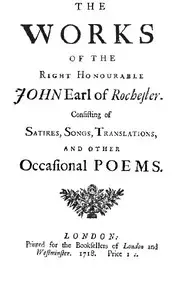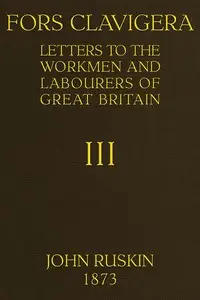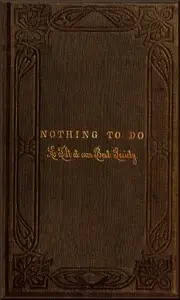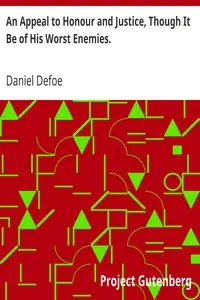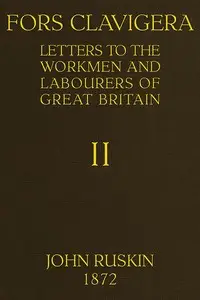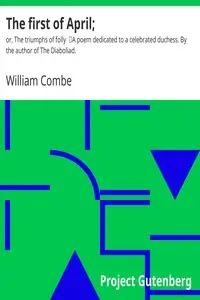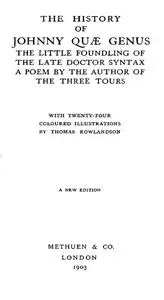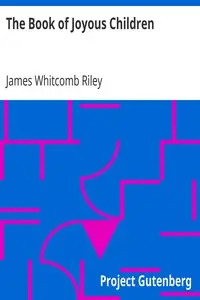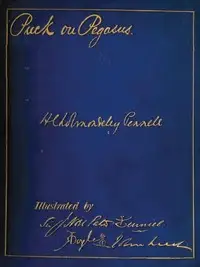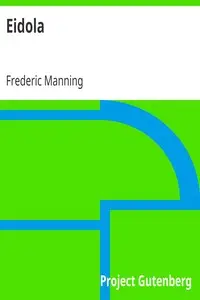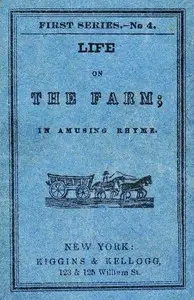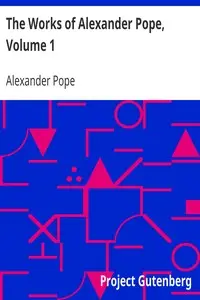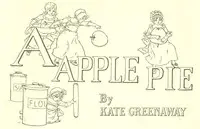"An Heroic Epistle to the Right Honourable the Lord Craven (3rd Ed.)" by William Combe is a witty poem offering observations on British society of the late 1700s. It falls into the category of writing that comments on politics and social matters, especially looking at the relationships between the rich upper class and regular folks. The poem explores important ideas, like what it means to respect someone, the power that people in charge have, and how the public views rich or noble people during a period when class differences were very noticeable. While praising Lord Craven for being noble and doing good things, it also questions the attitudes of the aristocracy toward regular people, pointing out Lord Craven’s focus on freedom and fairness, and fights against common stereotypes about lords, ultimately making it a celebration and a mockery of inequalities present during his time.
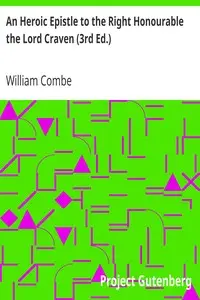
An Heroic Epistle to the Right Honourable the Lord Craven (3rd Ed.)
By William Combe
Witness a noble lord's commitment to justice clash with the absurd expectations of his class in a society ripe with inequality.
Summary
About the AuthorWilliam Combe was a British miscellaneous writer. His early life was that of an adventurer, his later was passed chiefly within the "rules" of the King's Bench Prison. He is chiefly remembered as the author of The Three Tours of Doctor Syntax, a comic poem, illustrated by artist Thomas Rowlandson's colour plates, that satirised William Gilpin. Combe also wrote a series of imaginary letters, supposed to have been written by the second, or "wicked" Lord Lyttelton. Of a similar kind were his letters between Swift and "Stella". He also wrote the letterpress for various illustrated books, and was a general hack.
William Combe was a British miscellaneous writer. His early life was that of an adventurer, his later was passed chiefly within the "rules" of the King's Bench Prison. He is chiefly remembered as the author of The Three Tours of Doctor Syntax, a comic poem, illustrated by artist Thomas Rowlandson's colour plates, that satirised William Gilpin. Combe also wrote a series of imaginary letters, supposed to have been written by the second, or "wicked" Lord Lyttelton. Of a similar kind were his letters between Swift and "Stella". He also wrote the letterpress for various illustrated books, and was a general hack.

